Disclosure: This article contains affiliate links. We may earn a commission from purchases at no extra cost to you, which helps our travel content.
The sun was setting over the rolling hills of western Uganda as I first arrived in Mbarara, casting golden light across the bustling streets and distant silhouettes of the legendary Ankole long-horned cattle. This vibrant city, often overlooked as merely a stopover point, revealed itself to me as both a cultural treasure and the perfect gateway to Uganda's crown jewel: Queen Elizabeth National Park. Over my week exploring this region on a modest researcher's budget, I discovered a harmonious blend of urban energy and wild spaces that would satisfy any nature enthusiast's soul.
Mbarara: More Than Just a Stopover
Most travelers breeze through Mbarara, eager to reach the wildlife spectacles beyond. That's their first mistake. This bustling regional hub deserves at least two days of exploration before venturing to the national parks.
Start at the vibrant Central Market, where the kaleidoscope of fresh produce, handcrafted goods, and the melodic blend of Runyankole and Luganda languages create an authentic Ugandan experience. I spent hours wandering the labyrinthine aisles, practicing my limited Runyankole phrases with amused vendors and sampling tropical fruits I'd never encountered in North America.
For cultural immersion, the Igongo Cultural Centre (15,000 UGX entrance) offers fascinating insights into the Ankole Kingdom's history. The traditional homesteads, agricultural displays, and artifact collections helped me understand the deep connection between the Banyankole people and their cattle – a relationship that shapes everything from social structures to the landscape itself.
Don't miss an evening at Rwizi Recreation Centre, where locals gather for Nile Special beers and lively discussions. Here, I befriended a group of conservation students from Mbarara University who shared invaluable tips about wildlife spotting in Queen Elizabeth.

💡 Pro Tips
- Visit Central Market early morning (6-8am) for the freshest produce and authentic atmosphere
- Learn basic Runyankole greetings – locals genuinely appreciate the effort
- The Igongo Cultural Centre offers student discounts with valid ID
Budget Accommodations & Getting Around
Mbarara offers accommodations for every budget, but as a perpetually broke field researcher, I gravitated toward the wallet-friendly options. Rwakobo Rock Hostel became my home base – a rustic gem with dorm beds from $15 USD and private rooms from $30. The open-air common area became my nightly planning spot, where I'd spread my waterproof map across a wooden table, plotting the next day's adventures while chatting with fellow travelers.
For those seeking more comfort without breaking the bank, Rwampara Homestay ($40-60) provides authentic family-hosted rooms with home-cooked meals included. I splurged on this for my final night and experienced the legendary Ankole hospitality firsthand.
Getting around Mbarara is an adventure itself. Boda-bodas (motorcycle taxis) zip through traffic efficiently but require nerves of steel and a good travel helmet – safety first, even on a budget! For longer journeys, shared matatus (minibuses) connect to surrounding villages and Queen Elizabeth National Park. Just be prepared for creative interpretations of passenger capacity and departure times.

💡 Pro Tips
- Always negotiate boda-boda fares before getting on – aim for 2,000-3,000 UGX for short trips within town
- Download maps.me app for offline navigation – Google Maps isn't always reliable here
- Book accommodations with kitchen access to save money by preparing simple meals
Queen Elizabeth National Park: Wildlife Paradise on a Budget
Just 90 minutes from Mbarara lies Queen Elizabeth National Park, Uganda's most biodiverse protected area and the reason many travelers come to this region. While organized safaris can be expensive, I discovered several budget-friendly approaches to experiencing this ecological wonderland.
The UWA (Uganda Wildlife Authority) community campsites offer the best value, with spots from $10/night. I pitched my trusty backpacking tent at Simba Safari Camp's campground, where the nighttime symphony of hippo grunts and distant lion roars provided the ultimate wilderness soundtrack. The camp's elevated position meant I could enjoy Kazinga Channel views without paying premium lodge prices.
For game drives, consider the shared safari option (around $35) rather than private vehicles ($150+). You'll share with other budget travelers, but wildlife doesn't discriminate based on your transportation budget! The Kasenyi Plains sector delivered my most memorable sighting – a pride of lions lounging in an acacia tree, a behavior unique to this region.
The absolute highlight was the Kazinga Channel boat cruise ($30 for a shared boat). As we glided past hundreds of hippos, elephants drinking at the shore, and countless bird species, I constantly reached for my binoculars to observe behaviors I'd only read about in textbooks. The concentration of wildlife along this water source is astounding, especially during dry season.

💡 Pro Tips
- Book UWA activities directly at park headquarters to avoid tour operator markups
- Visit during weekdays for significantly smaller crowds and better wildlife viewing
- Pack a reusable water bottle with filter – bottled water costs add up quickly in remote locations
Cultural Encounters & Star-Filled Skies
While wildlife draws most visitors to this region, the cultural experiences around Mbarara proved equally memorable. The Ankole people's relationship with their iconic long-horned cattle represents one of Africa's most fascinating human-animal partnerships.
I arranged a visit to a traditional Ankole homestead through my hostel (25,000 UGX), where I learned about sustainable grazing practices that have maintained the grasslands for centuries. My grandmother's teachings about indigenous land stewardship echoed in the elder's explanations of their rotational grazing system.
For a deeper connection to local conservation efforts, visit the Kyambura Women's Coffee Cooperative, where former poachers now cultivate shade-grown coffee while protecting the gorge ecosystem. Their tour and tasting (15,000 UGX) supports community-based conservation while providing the caffeine boost needed for early morning safari departures.
As a passionate stargazer, I was stunned by the night skies outside Mbarara. The minimal light pollution revealed stars in densities I'd only experienced in remote Canadian wilderness. One night, I hiked to a hilltop viewpoint with my travel telescope and spent hours identifying constellations from both northern and southern hemispheres – a unique privilege of Uganda's equatorial position. The Milky Way stretched across the sky with clarity that would make any astronomer weep with joy.


💡 Pro Tips
- Bring small denominations of Ugandan shillings for rural areas where change is limited
- Ask permission before photographing people, especially in traditional communities
- Pack a red-light headlamp for stargazing to preserve your night vision
Responsible Wildlife Viewing & Conservation
As both a visitor and wildlife biologist, I approach animal encounters with respect for their natural behaviors. Queen Elizabeth National Park faces conservation challenges including poaching and human-wildlife conflict, making responsible tourism crucial for its future.
The park's tree-climbing lions, a rare behavior found in only a few populations worldwide, draw crowds eager for photos. However, I witnessed several vehicles venturing off-road or approaching too closely, disrupting hunting behaviors. Instead, I recommend using quality zoom lens to observe from appropriate distances. The photos might lack dramatic close-ups, but they represent ethical wildlife viewing.
To support conservation directly, consider adding the Kyambura Gorge chimpanzee trek to your itinerary ($50). While pricier than other activities, this fee directly funds habitat protection for these endangered primates. My tracking experience with researcher guides provided insights into chimp behavior and conservation challenges that no textbook could convey.
For budget travelers wanting to contribute, the UWA visitor center accepts donations for their anti-poaching units. Even small contributions help fund ranger patrols that protect the park's incredible biodiversity. Remember that responsible tourism isn't just about minimizing negative impacts – it's about actively supporting conservation efforts that ensure these ecosystems survive for future generations.

💡 Pro Tips
- Maintain at least 25 meters distance from wildlife, even when guides suggest closer approaches
- Report any witnessed poaching activity or animal injuries to park authorities immediately
- Choose locally-owned accommodations that employ community members and support conservation initiatives
Final Thoughts
As my week in Mbarara and Queen Elizabeth National Park drew to a close, I found myself reluctant to board the dusty bus back to Kampala. This region offers the perfect blend of cultural immersion and wildlife encounters for the budget-conscious traveler willing to step beyond the typical tourist circuit.
While luxury lodges and private safaris dominate Uganda's tourism marketing, I discovered that the most meaningful experiences often came with the smallest price tags – sharing stories with local conservation students, watching the Milky Way emerge above Ankole cattle herds, or the heart-stopping moment when a leopard silently crossed the road before my shared safari vehicle.
Mbarara deserves recognition not just as a gateway to wildlife wonders, but as a destination worthy of exploration in its own right. By approaching this region with respect for both its cultural heritage and natural ecosystems, travelers can experience the authentic Uganda that mass tourism often misses. Pack light, bring an open mind, and prepare for the kind of raw, unfiltered experiences that remind us why we travel in the first place.
✨ Key Takeaways
- Mbarara offers authentic cultural experiences beyond just being a gateway to national parks
- Budget-friendly wildlife viewing is possible through shared safaris and community campsites
- Supporting local conservation initiatives enhances both your experience and the region's sustainability
- The combination of Ankole culture and unique wildlife makes this region unlike anywhere else in East Africa
📋 Practical Information
Best Time to Visit
Dry seasons (December-February and June-August)
Budget Estimate
$30-60 USD per day including accommodation, food, and activities
Recommended Duration
5-7 days
Difficulty Level
Moderate

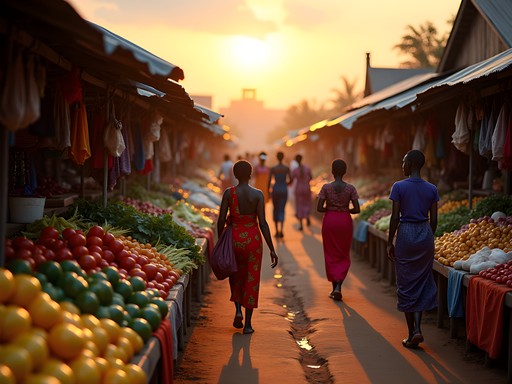

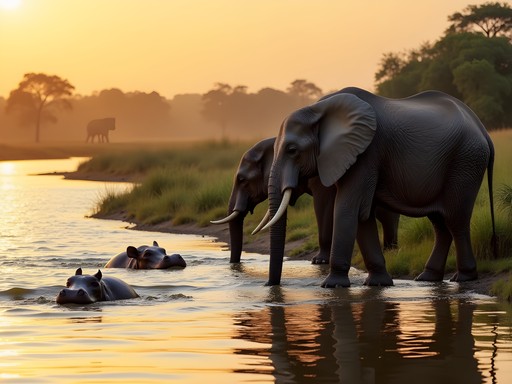
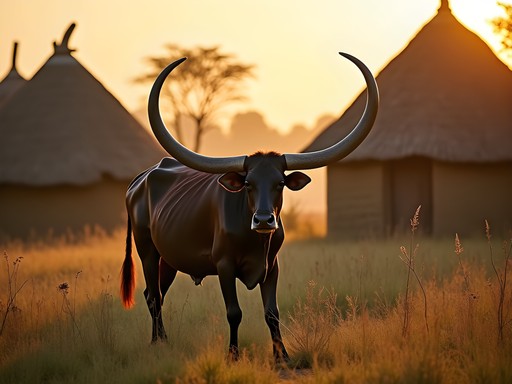




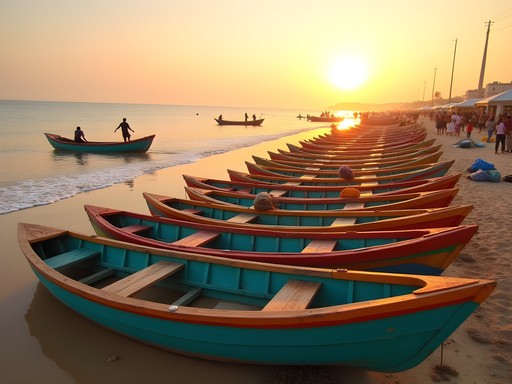
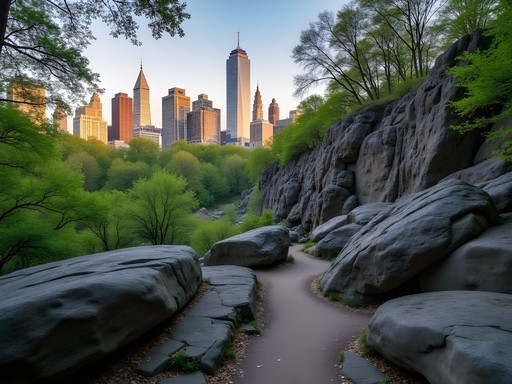
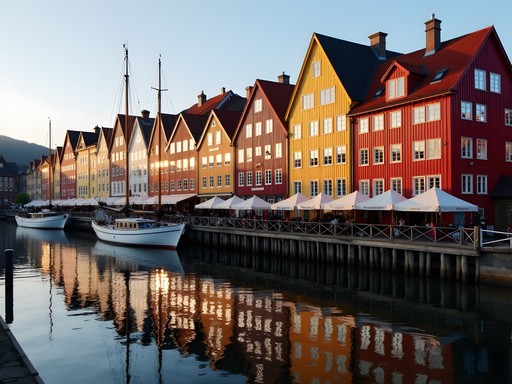
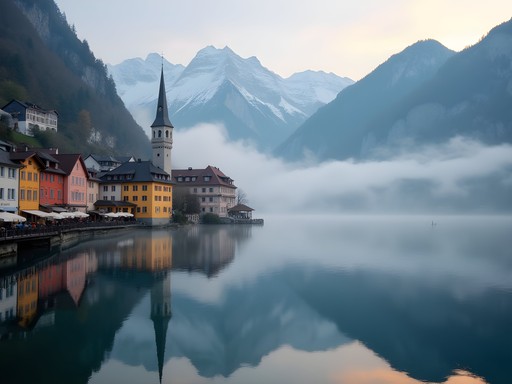
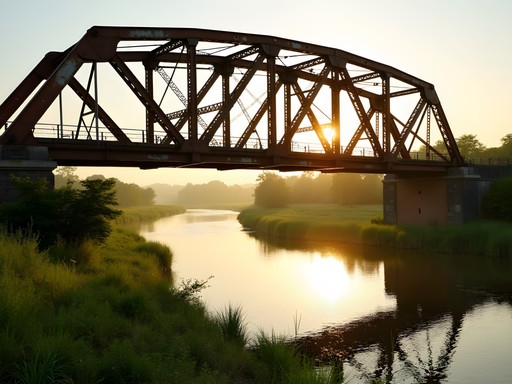
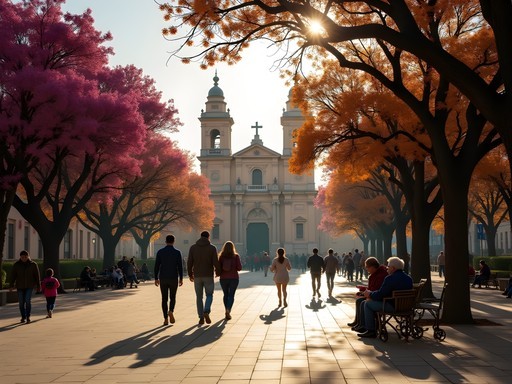
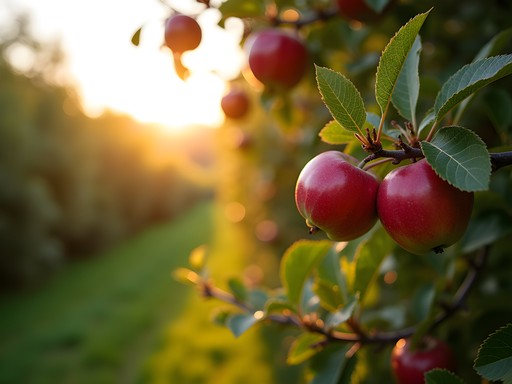
Comments
Kimberly Murphy
Matthew, your post brought back so many memories! I spent two weeks exploring this region last year and completely agree that Mbarara deserves more than just a quick stopover. The cultural museum you mentioned was a highlight for me too - that demonstration of traditional milk fermentation was fascinating! For anyone heading there, I'd add Lake Mburo National Park to your itinerary if you have an extra day - it's smaller and less visited than Queen Elizabeth but we saw zebras, giraffes, and did an amazing night drive where we spotted bush babies and a serval cat. The stargazing there was unbelievable without any light pollution. Your budget tips are spot on - Uganda can be done affordably without sacrificing the experience!
Matthew Parker
Thanks Kimberly! Lake Mburo is a fantastic suggestion - wish I'd had time to visit. Your night drive sounds incredible! Did you stay inside the park or commute from Mbarara?
Kimberly Murphy
We actually camped inside Lake Mburo for one night - basic facilities but waking up to zebras grazing nearby was magical! Then back to Mbarara for hot showers and proper beds 😂
stardiver
Going to Uganda next month and Mbarara is on my list! How did you find the public transportation to Queen Elizabeth? Safe for solo travelers? Also wondering if I need to book accommodation in advance or if I can just show up? Thanks for this guide!
Matthew Parker
Hey stardiver! Public transport is totally doable solo - I took shared taxis (matatus) from Mbarara to the park entrance. Just be prepared for them to wait until they're full before departing. In high season (Jun-Aug), I'd book accommodation a few days ahead, but otherwise you can usually find something on arrival. Make sure to bring a good pair of binoculars - game viewing is much better with them! Enjoy your trip!
stardiver
Thanks so much for the quick reply! That's super helpful. Will definitely pack my compact binoculars - they've never let me down on safari before!
greenwanderer
Just got back from Mbarara last month and this post is spot on! We also used it as our base for Queen Elizabeth NP and saved so much money compared to the fancy lodges. Those Ankole long-horned cattle are incredible in person - my pics don't do them justice. Did you try the rolex stands near the bus station? Best breakfast ever for like nothing! We stayed at Rwizi Arch Hotel which was basic but clean and the staff were super friendly.
Kimberly Murphy
The rolex stands are LIFE! I still dream about those egg-chapati wraps. Did you manage to see the tree-climbing lions in Queen Elizabeth? Took us three days of searching but worth every minute!
greenwanderer
No lions for us unfortunately! 😭 But we saw elephants crossing the Kazinga Channel which was incredible. Next time I'll stay an extra day to find those tree climbers!
UgandaFan
Just got back from Mbarara last week! Your post is spot on about it being more than just a stopover. We stayed at Rwizi Arch Hotel - affordable and clean with really friendly staff. The cultural museum was a highlight for us. Also, don't miss trying the local street food - especially the roasted maize and goat skewers near the main bus terminal. We spent 3 days in Queen Elizabeth and saw elephants, hippos, and tons of birds. No lions though - guess we need to go back!
oceanguy
How were the roads inside the park? I'm worried about getting stuck if it rains.
UgandaFan
They were decent when dry but definitely get muddy after rain. We hired a 4x4 with a driver which I'd recommend. Some parts would be tough in a regular car.
SafariLover22
We did the public transportation too and it was great! Just bring snacks and water for the journey. The views along the way are stunning!
wanderlust_kate
If anyone's planning this trip, download maps.me before going! The offline maps were a lifesaver in rural Uganda where data connection was spotty. Matthew, did you visit any of the crater lakes near Mbarara?
Matthew Parker
Great tip about maps.me! I didn't get to the crater lakes this time - ran out of days. They're top of my list for the next visit though!
Haley Hamilton
Matthew, this brings back amazing memories! I backpacked through Uganda last year and spent 3 days in Mbarara. That local market you mentioned was a highlight - I still have the handcrafted basket I bought there hanging in my kitchen. One tip for anyone heading to Queen Elizabeth NP: the early morning game drives are absolutely worth the 5am wake-up call. We saw lions, elephants, and hippos all before breakfast! I stayed at that same budget hostel and can confirm the stargazing is incredible. Did you try the rolex street food? (Not the watch, but the egg roll!) Ugandan cuisine deserves more attention globally!
Haley Hamilton
I did! Lake Mburo is much smaller than Queen Elizabeth but has this intimate feel that's special. Great for seeing zebras and impalas up close. The boat safari there is underrated - saw so many hippos and water birds!
Matthew Parker
Haley! Yes, I practically lived on rolexes for breakfast! So cheap and delicious. Did you make it to Lake Mburo during your trip? I'm planning to go back and explore it next time.
nomadblogger
Heading to Uganda next month and definitely adding Mbarara to my itinerary now! Matthew, how many days would you recommend staying in the area to properly experience both the city and Queen Elizabeth NP? And did you feel safe using public transport as a solo traveler? Those sunset photos are absolutely stunning btw!
Matthew Parker
Thanks for the kind words! I'd recommend at least 5 days - 1-2 in Mbarara and 3-4 in QENP. Public transport was very safe, just crowded. The locals were incredibly helpful when I looked confused about routes. Make sure to try the local street food in Mbarara - the roasted maize is simple but delicious!
nomadblogger
Perfect, thanks so much! Definitely going to follow your 5-day recommendation and try that street food!
nomadperson
This is EXACTLY what I needed!!! 🙌 Planning a trip to Uganda in January and was debating whether to include Mbarara or just go straight to Queen Elizabeth. Looks like it's worth spending a couple days there! How was the public transport situation? Safe for solo female travelers?
Matthew Parker
Glad this was helpful! Public transport is generally safe, but can be crowded and unpredictable. I'd recommend this guidebook for detailed transport info. For solo female travelers, standard precautions apply, but Mbarara is relatively safe. The shared taxis from Mbarara to the park entrance are reliable during daylight hours. Feel free to DM me if you need more specific advice!
nomadperson
Thanks so much! Will definitely check out that guidebook and might take you up on the DM offer closer to my trip. So excited!!! 😊
explorelover9065
This is so timely! I've been wanting to visit Uganda and Queen Elizabeth NP for ages. Did you feel safe traveling solo there?
Matthew Parker
Absolutely! I felt very safe throughout my trip. The locals were incredibly welcoming, and Mbarara has good infrastructure for tourists. Just use the same common sense you would anywhere else.
explorelover9065
Thanks for the reassurance! Adding this to my 2026 travel list for sure.
Venture X
Premium card with 2X miles, $300 travel credit, Priority Pass